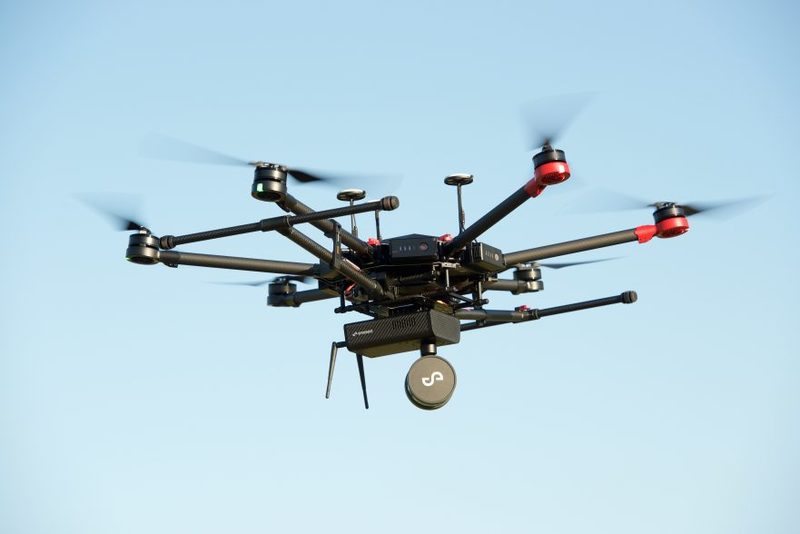Drone Industry Up In Arms Over ‘Remote ID’ Regulations

US regulator proposes ‘digital licence plate’ for drones, but critics say regulations would be expensive and complex to implement
The US’ Federal Aviation Administration (FAA) has ended its comment period on a controversial proposed overhaul of drone regulations, as it seeks to implement “digital licence plates” for next-generation aerial devices.
The regulations on the Remote Identification of Unmanned Aircraft Systems, known as “Remote ID”, seek to create a regulatory framework that would expand the ways in which drones can be used.
Today, for instance, drones in the US are not allowed to travel beyond the line of sight of pilots, or to fly near airports or over people.
Commercial drone and drone services companies say a system for managing unmanned aerial traffic is needed, one that would rely on drones being able to broadcast their position, trajectory and speed in real-time.

Remote ID
The Remote ID proposal is intended to provide the regulatory basis for such a system, but critics including drone makers and drone pilots say it is deeply flawed.
The FAA introduced the proposals on Boxing Day 2019, and accepted feedback on the rules up until Monday, 2 March.
The regulator said the measures are designed to “address safety, national security and law enforcement concerns regarding the further integration of these aircraft into the airspace of the United States while also enabling greater operational capabilities”.
But critics say the proposals err too far on the side of addressing national security concerns, while introducing logistical and security issues that make them unworkable.
The rules call for nearly all aerial vehicles to be individually registered for a fee, and to communicate their location, and that of the pilot, over radio and internet connections.
Nearly 30,000 members of the public responded to the proposals, with many voicing their indignation.
‘Deeply flawed’
DJI, the world’s biggest drone manufacturer, said the proposals were “deeply flawed” and would be “complex, expensive, and intrusive” for drone users.
The Pilot Institute, an Arizona-based company that trains commercial plane and drone pilots, said the rules would “dramatically change” how and where people can fly their drones, eliminating many existing drones, increasing the cost of owning and operating the devices and harming privacy.
Much of the criticism focuses on the requirement to broadcast flight data over the internet, since many areas desireable for drone use might be outside the range of of cellular connectivity.
The requirement would also be complicated and expensive, critics say, arguing that instead a “broadcast” only option should be used, in which the drone’s antenna communicates information to the surrounding area.
Critics also argued that broadcasting the pilot’s location was problematic, potentially exposing pilots to bad actors.
The FAA’s rules have attracted the ire of hobbyists as well, with a group called Help Save Our Hobby protesting at the FAA’s headquarters in Washington, D.C. on Friday and Saturday.
“These rules will destroy access to the long tradition of hobby aviation as well as limit the ability for open research and development around these technologies,” Michael Duhl of Deerfield, Massachussetts, who organised the protests, told local news media.